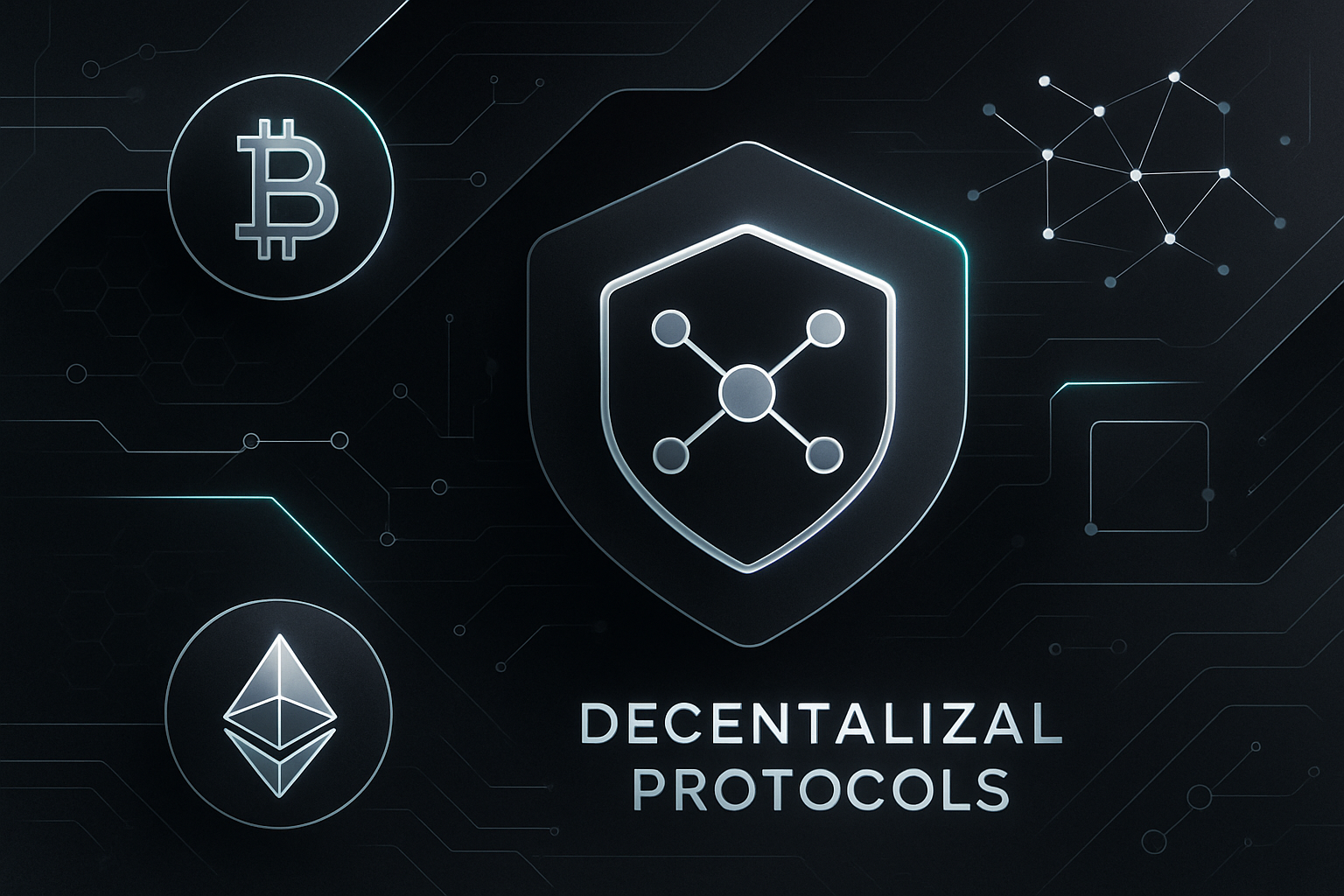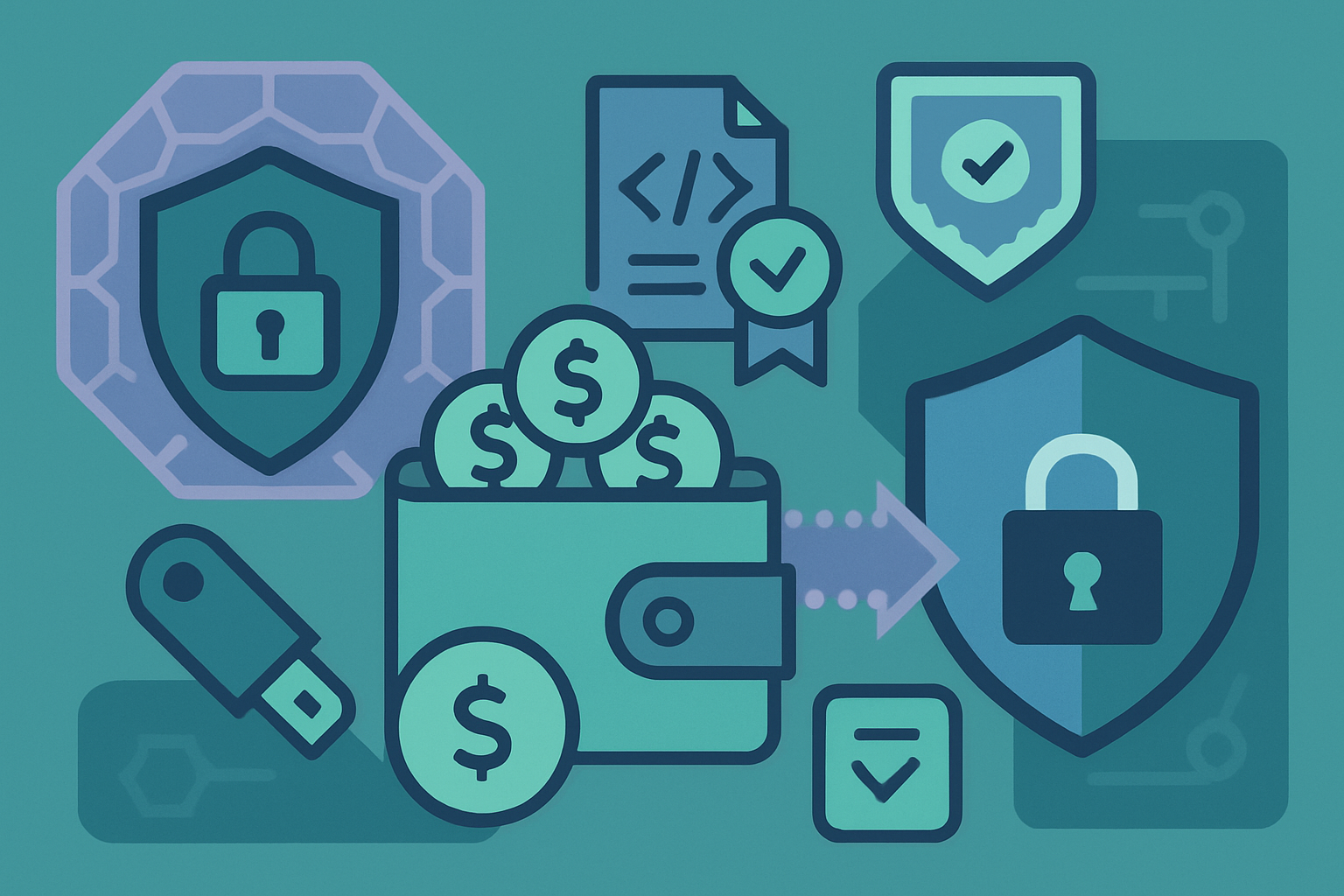How to Build a Multiplayer Strategy Game Using Dojo Framework in 2025

The landscape of blockchain gaming has undergone a seismic shift by late 2025. Fully on-chain games, powered by frameworks like Dojo and MUD, have moved from experimental curiosities to robust platforms underpinning complex multiplayer strategy titles. If you’re ready to build a next-generation strategy game that leverages the transparency, composability, and permanence of the Starknet blockchain, the Dojo framework offers a uniquely powerful toolset. In this guide, we’ll walk through the essential steps to bring your multiplayer vision to life using Dojo’s cutting-edge Entity-Component-System (ECS) architecture.

Why Build Multiplayer Strategy Games Fully On-Chain?
Traditional online games rely on centralized servers that control logic and data, leaving players vulnerable to downtime, censorship, and opaque rule changes. By contrast, fully on-chain games store all core gameplay mechanics and state directly on the blockchain. This means every move is provable, every outcome is verifiable by anyone, and game worlds can persist and evolve independently of any single company.
The Dojo framework, purpose-built for Starknet and Cairo smart contracts, makes it possible to develop these persistent autonomous worlds without sacrificing scalability or developer ergonomics. By following an ECS pattern – where entities are composed of modular components operated on by systems – developers can model complex game logic while keeping performance high.
Setting Up Your Dojo Development Environment
Before you can start designing units or coding win conditions, you’ll need to prepare your development stack:
- Install the Dojo toolchain: Download the latest release using the official installation script. This will provide you with command-line tools for scaffolding projects, compiling Cairo contracts, and managing deployments.
- Learn Cairo fundamentals: Since all logic is written in Cairo – Starknet’s native language – understanding its syntax and contract patterns is crucial. Even if you come from Solidity or Rust backgrounds, invest time in Cairo’s unique approach to security and determinism.
- Dive into Dojo documentation: The docs offer quickstarts as well as deep dives into building models (data schemas), systems (logic), permissions (auth), deployment flows, and client integrations.
This setup phase ensures that your development process is smooth from prototype to mainnet launch.
ECS Architecture: The Backbone of On-Chain Game Logic
The heart of any Dojo-powered game lies in its implementation of Entity-Component-System architecture. Here’s how each piece plays a role in your multiplayer strategy title:
- Entities: These are unique IDs representing all objects in your world – from player avatars to resource tiles or outposts.
- Components: Each entity can have one or more components attached describing its properties: position coordinates, health points, inventory lists, allegiance flags. Components are simple data containers with no logic inside them.
- Systems: Systems contain pure logic applied across entities with matching components. For example: a movement system updates positions based on player inputs; a combat system resolves attacks between units; an economic system tallies resources generated per tick.
This modular structure not only keeps your codebase maintainable but also allows for seamless upgrades and community-driven extensions over time – critical for autonomous worlds meant to outlive their original creators.
Designing Your Game World With Models and Systems
The next step is translating your strategic vision into concrete smart contract code using Dojo’s abstractions:
- Create models for core data structures: Define what constitutes a player profile, unit type, territory tile or resource node as component models in Cairo structs.
- Implement systems as contract functions: Write pure functions that operate over sets of entities/components – such as spawning new units when resources allow or resolving turn-based actions submitted by players each round.
- Add authorization layers: Use permissions so only legitimate players can issue moves for their own armies while preventing cheating or exploits at the protocol level.
This design-first approach will help keep your project organized as complexity grows. Remember: every action must be deterministic so results remain verifiable by all network participants at any time.
Once you’ve mapped out your game’s data models and logic systems, it’s time to bring your multiplayer world online. The Dojo framework streamlines this process by offering a suite of deployment and testing tools tailored for on-chain strategy games. With the rise of autonomous worlds and player-driven economies, ensuring your contracts are robust and upgradeable is more important than ever.
Deploying, Testing, and Iterating Your On-Chain Game
After implementing your core systems, you’ll want to rigorously test every aspect of gameplay. Dojo provides a dedicated testing framework that lets you simulate complex interactions between players, resources, and combat scenarios. This is crucial for strategy games where emergent behavior can quickly expose edge cases or vulnerabilities.
- Write unit tests in Cairo: Cover all major systems, movement, combat resolution, resource generation, to ensure deterministic outcomes.
- Run integration tests: Simulate multiplayer sessions to validate state transitions across multiple turns and users.
- Iterate based on feedback: Early playtesting with real users is invaluable. Use their input to refine balance, permissions, or add new features before mainnet deployment.
The modularity of the ECS approach means you can upgrade or swap out systems without rewriting your entire game logic, a key advantage for live games expected to evolve over years.
Client Integration: Bringing Your Strategy Game to Life
A compelling user experience is essential for adoption. Dojo supports multiple client integrations, whether you’re building a web dashboard or leveraging the Unity SDK for immersive 3D interfaces. The Unity SDK (2025 edition) bridges Cairo smart contracts with Unity’s rendering engine, allowing you to visualize on-chain state in real time and create interactive UIs that rival traditional Web2 games.
- Fetch indexed data: Use off-chain indexers to pull game state efficiently into your client app, displaying leaderboards, territory maps, or active battles without direct chain queries every frame.
- Smooth onboarding: Integrate wallet connections (e. g. , Argent X) so players can join matches or manage assets securely from day one.
- Real-time updates: Leverage event subscriptions so clients react instantly to moves made by other players, critical for synchronous multiplayer experiences.
This hybrid approach combines the transparency of on-chain execution with the responsiveness users expect from modern games.
Defining a Unit Component and Movement System in Cairo
Below is an example of how you might define a `Unit` component and a movement system in Cairo using the Dojo framework. This forms the core of your game’s logic for managing player units and their movement on the game map.
# Example: Defining a Unit component in Cairo for Dojo
#[component]
struct Unit {
owner: felt252,
x: u32,
y: u32,
health: u32,
movement_points: u32,
}
# Example: A system to handle movement of units
#[system]
fn move_unit(
unit_id: felt252,
new_x: u32,
new_y: u32,
ctx: Context
) {
let mut unit = Unit::get(unit_id);
// Simple movement check (could be expanded)
if unit.movement_points > 0 {
unit.x = new_x;
unit.y = new_y;
unit.movement_points -= 1;
Unit::set(unit_id, unit);
}
}
This example demonstrates the basic structure for a component and system in Dojo. You can expand on this by adding more attributes to the `Unit` or implementing additional game logic in the movement system.
Best Practices for Fully On-Chain Multiplayer Game Development
The most successful on-chain strategy games of 2025 share several design patterns:
- Permanence by default: Treat all state as immutable history, never erase player actions; instead record them as part of an evolving world ledger.
- Permissioned actions only where necessary: Minimize admin controls; empower players via protocol rules enforced at the smart contract level.
- Composable upgrades: Design components so others can extend your world, adding new factions, units, or rule sets via permissionless proposals over time.
This philosophy ensures that your game remains both secure and open to community-driven innovation, a hallmark of autonomous worlds built on frameworks like Dojo and MUD.
Looking Ahead: The Future of On-Chain Strategy Games
The rapid evolution of frameworks like Dojo signals a new era for blockchain gaming. By abstracting away much of the complexity around smart contract development while retaining full verifiability and composability, developers are free to focus on innovative gameplay rather than infrastructure headaches. As Starknet’s scalability continues to improve heading into 2026, and as player populations grow, the next wave of multiplayer strategy titles will be defined by their openness, transparency, and ability to persist independent of any single developer or publisher.
If you’re ready to shape this future, there’s never been a better time to dive into fully on-chain multiplayer game development with Dojo, and join a global community pushing the boundaries of what games can become.





